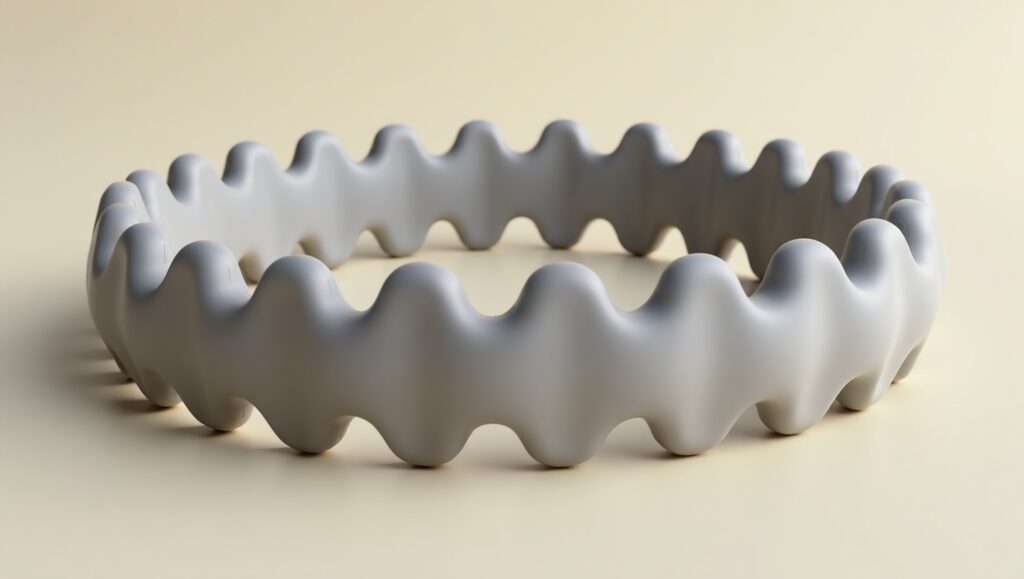A soft prong is a specially designed tool, accessory, or mechanism that provides a gentler alternative to traditional prongs. It is commonly used in various industries, including pet training, jewelry making, and tool applications. The term “soft prong” generally refers to materials or designs that prioritize comfort, flexibility, and effectiveness while reducing harshness or injury risk.
This article explores the definition, benefits, and common uses of a soft prong, making it easier for readers to understand its importance.
Understanding Soft Prongs
A soft prong differs from a regular prong due to its rounded, flexible, or cushioned design. Unlike traditional prongs, which can be rigid and sharp, soft prongs are designed to offer a more comfortable experience, whether for animals, human use, or objects requiring secure attachment.
Soft prongs are widely used in various industries such as pet training (in prong collars), fashion accessories (jewelry settings), and industrial tools where a softer grip is necessary.
Benefits of Using a Soft Prong
Soft prongs come with several advantages depending on their intended application. Here are some of the key benefits:
1. Comfort and Safety
- Soft prongs are designed to be less aggressive than their hard counterparts.
- They reduce the risk of injury, irritation, or discomfort, making them ideal for sensitive applications.
2. Versatility
- Soft prongs can be used in multiple fields such as pet training, jewelry making, and mechanical tools.
- Their flexibility makes them adaptable for various conditions.
3. Better Control and Effectiveness
- In pet training, soft prongs offer effective behavioral correction without harming the pet.
- In jewelry, they hold gemstones securely while preventing scratches or damage.
4. User-Friendly Design
- Many soft prong products are designed to be easier to use, especially for beginners.
- They require less pressure to achieve the same level of security or control.
5. Durability
- Made from high-quality materials like silicone, rubber, or coated metals, soft prongs can withstand regular use without breaking or wearing out quickly.
Common Uses of Soft Prongs
Soft prongs serve various purposes in different industries. Below is a table outlining their common applications:
| Industry | Use of Soft Prongs | Key Benefits |
|---|---|---|
| Pet Training | Used in prong collars for dogs | Provides gentle correction without harming the pet |
| Jewelry Making | Holds gemstones in place | Prevents scratches and keeps jewelry secure |
| Mechanical Tools | Used for gripping or holding objects | Ensures a firm hold while preventing surface damage |
| Medical Equipment | Used in braces and therapeutic devices | Offers flexible support for comfort and safety |
| Household Items | Used in clip hangers, furniture, etc. | Reduces wear and tear on delicate surfaces |
How to Choose the Best Soft Prong
When selecting a soft prong, consider the following factors:
- Material: Opt for high-quality materials like silicone, coated metals, or flexible plastic to ensure durability and comfort.
- Purpose: Choose a soft prong that suits your specific need—whether for pet training, jewelry, or industrial use.
- Design: Ensure the prong has a rounded and flexible shape for maximum effectiveness.
- Size and Adjustability: For pet collars or tools, selecting the right size ensures a proper fit and functionality.
Conclusion
A soft prong is a versatile tool that enhances comfort, safety, and efficiency in various applications. Whether used in pet training, jewelry making, or industrial settings, soft prongs offer a gentler alternative to traditional sharp prongs. Understanding their benefits and choosing the right type can significantly improve usability while maintaining effectiveness.
By incorporating soft prongs into different fields, users can enjoy greater control, durability, and ease of use without compromising safety.
Frequently Asked Questions (FAQs)
1. Are soft prong collars safe for dogs?
Yes, soft prong collars are designed to be safer than traditional prong collars. They apply gentle pressure rather than sharp force, reducing discomfort.
2. What materials are soft prongs made from?
Soft prongs are commonly made from silicone, rubber, plastic, or coated metal, depending on their intended use.
3. Can soft prongs be used in jewelry?
Yes, soft prongs are often used in jewelry settings to hold gemstones securely while preventing scratches or damage.
4. Are soft prong tools better than regular prongs?
Soft prong tools provide a gentler grip, making them ideal for delicate surfaces or objects that need protection from scratches.
5. How do I maintain a soft prong collar for my pet?
Regularly clean it with mild soap and water, ensure proper fit, and inspect for wear and tear to keep it effective.

